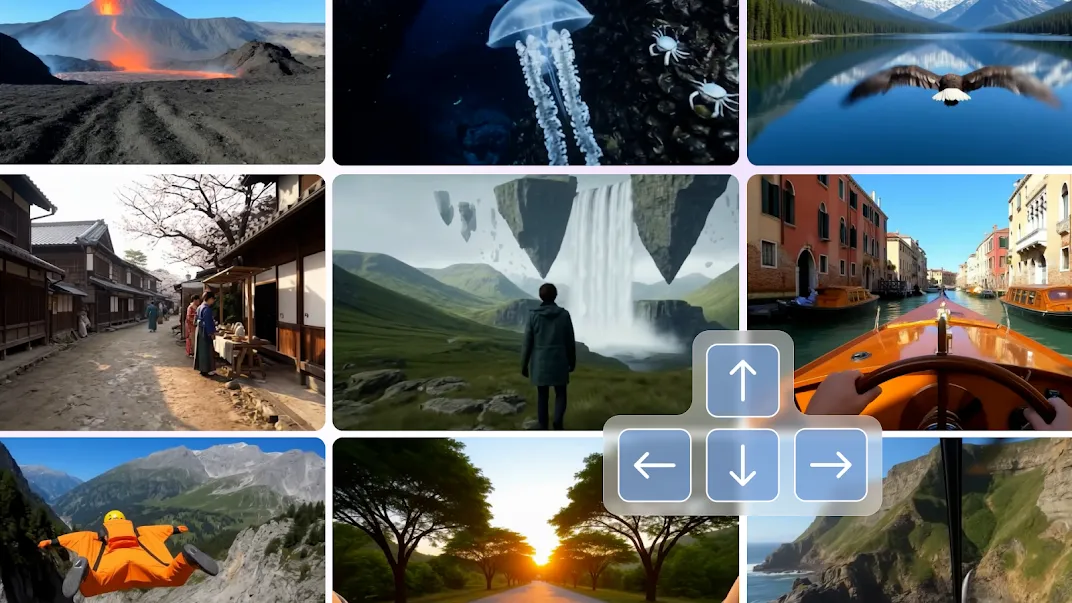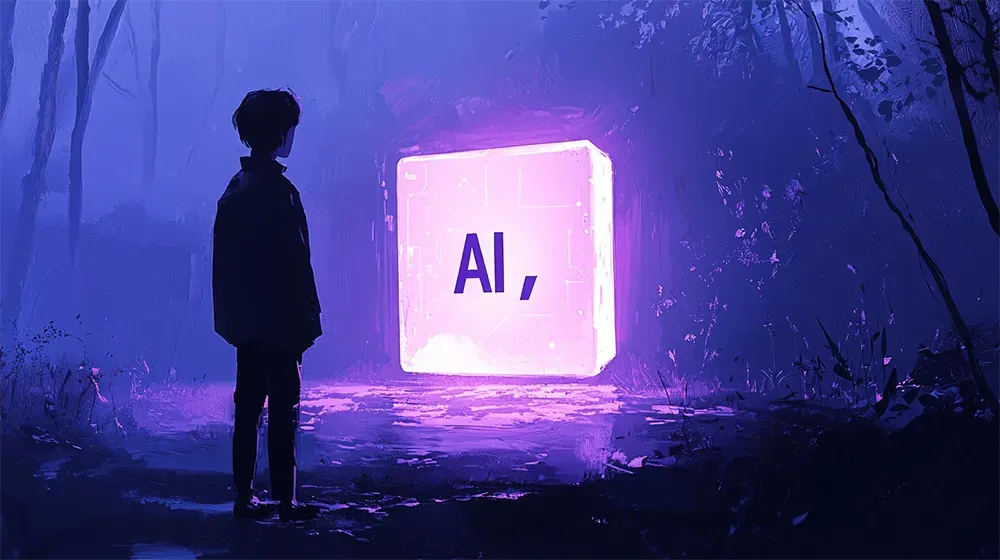Genie 3 and the Death of Reality: Just Words, Now Worlds

If this isn’t proof we live in a simulation built by future humans… it’s the next best thing. Genie 3 turns text into interactive reality—and we’re not ready.
When you can type “lava-filled jungle temple” and get a playable, persistent 3D world… we’ve officially broken the fourth wall. Google DeepMind’s Genie 3 doesn’t just generate images or video—it generates experience. From bioluminescent jellyfish canyons to hurricane-lashed coastlines, this system builds immersive, navigable environments that respond in real-time, retain memory, and evolve based on your actions.
But what excites me isn’t the graphics—it’s the purpose. Genie 3 is an interface for thought, transforming language into simulated environments for agents to explore, train, fail, and adapt. Whether training autonomous robots, educating students, or stress-testing digital humans (or, crazy thought, real humans!), Genie 3 shifts us from describing the world to generating it. And it does so without any 3D models, code, or assets, just prompts.
That’s a fundamental change. This isn’t just another “cool AI demo.” It’s a step toward synthetic reality as a platform, where worlds become as editable as sentences. We must now ask: what happens when environments become as malleable as ideas?
- Persistent memory allows multi-minute interactions
- Environments react to agents, not just users
- No 3D mapping needed—just text prompts
Here's what keeps me up at night: world models are a crucial step toward AGI. When AI can simulate reality accurately enough to fool our senses, predict physics, and maintain logical consistency, we're approaching something profound. Genie 3 doesn't just render scenes, it understands spatial relationships, object permanence, cause and effect. It's building an internal model of how reality works.
In "Now What?", I explore how converging technologies create inflection points. Genie 3 exemplifies this perfectly: AI meets physics meets human creativity. We're not just automating tasks anymore—we're automating entire realities. The question isn't whether we live in a simulation. It's whether we're about to build one indistinguishable from our own.
As we accelerate toward more immersive, reactive, and agent-ready environments, the real question is not how real they feel,but how real their consequences become. What will you build when the boundary between thought and experience dissolves?
Read the full article on Google Deepmind.
----
💡 We're entering a world where intelligence is synthetic, reality is augmented, and the rules are being rewritten in front of our eyes.
Staying up-to-date in a fast-changing world is vital. That is why I have launched Futurwise; a personalized AI platform that transforms information chaos into strategic clarity. With one click, users can bookmark and summarize any article, report, or video in seconds, tailored to their tone, interests, and language. Visit Futurwise.com to get started for free!






